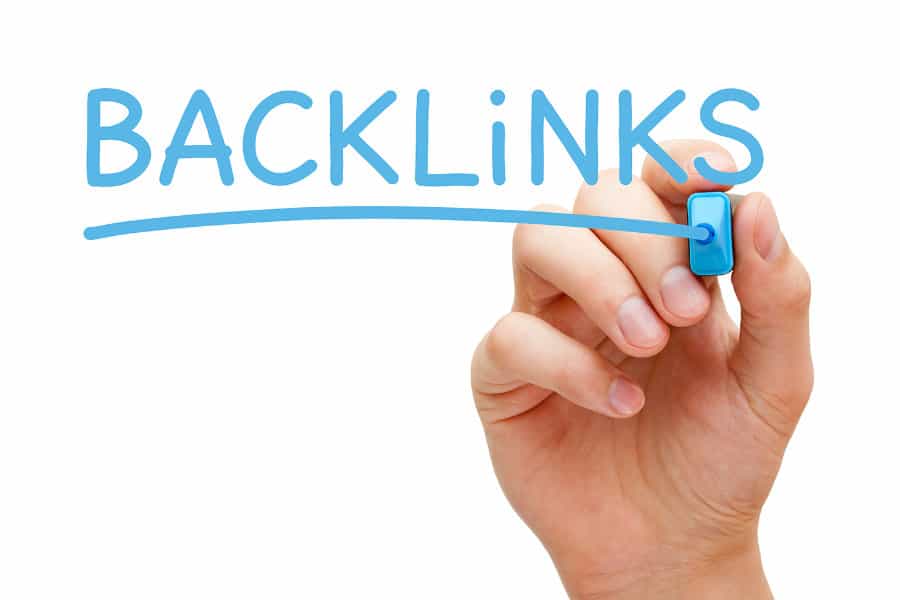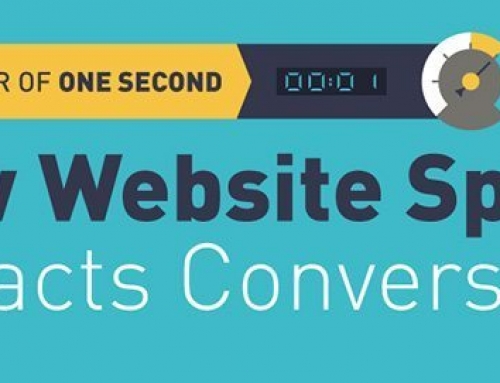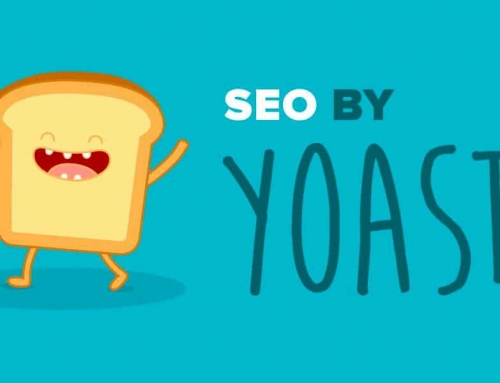Among the many elements that make up search engine optimization (SEO), backlinks are one of the hardest to understand and possibly even more difficult to procure. Backlinks are part of off-site SEO, which, as a refresher, refers to promoting your website on outside platforms (think social media). These little gems persuade users to visit your site so it goes up in rank in search-engine results. Backlinks are a type of promotion viewed by search engines as a vote of confidence, so to speak, from other websites, that your site is trustworthy and your content useful. In short, it’s one website vouching for, or “backing,” another.
Sound simple? In theory, yes. In practice, it’s a bit more involved.
Backlink Basics
There are a few things to know up front about backlinks and how they work. First, not all backlinks are equal. There are no-follow links, do-follow links, low-quality links, and internal links. Knowing the difference between them can help you understand how to receive—and give!—these online votes of confidence.
No-follow: When you link to a site you don’t consider reliable or that you don’t want to give a vote of confidence, you can add a no-follow tag to the end of the backlink code. You do this by adding the no-follow tag to the HTML code. This tells search engines that even though you’re linking to another website, you aren’t vouching for the content on that site. When you link to a site you don’t want to vouch for, you’ll need to add the code to your links, otherwise, they default to do-follow links.
Do-follow: When you create a backlink to a website, you’re telling search engines you can vouch for the content and that you’ve given it a vote of confidence. As mentioned, links are, by default, do-follow, so you don’t need to add anything to them to make them do-follow (in other words, there is no do-follow tag needed).
Low-quality links: You may be tempted to buy backlinks to increase your SEO, but it’s usually not a good idea and will most likely come back to bite you. These low-quality links come from untrustworthy sources, like spam and automated sites. You don’t want these types of sites linking to yours, so, as we’ll discuss later, never buy backlinks because more often than not, these are the types of links you’ll be given if you purchase them.
Internal links: These are actually part of on-site SEO because they are found within your site, connecting the pages in your domain. Linking to other pages or blog posts on your site not only helps viewers find more of your content, it helps search engines index your articles and reduce visitor bounce rate.
Why You Need Backlinks
Now that you know what backlinks are, let’s talk about why you need them. Again, backlinks are part of your SEO strategy, and SEO is the process by which you make your site attractive enough to a search engine’s algorithms that you’re picked up in the results. Your site will get “noticed” by the search engine algorithms if you follow certain SEO rules and best practices, and backlinks are one of those (many) practices.
Backlinks help your site to get:
- better search engine rankings (the closer your site is to the top of the list, the more likely a searcher will visit it);
- indexed faster by search engines, making it more visible to searchers;
- referral traffic, which has a low bounce rate;
- branding authority, establishing you as an expert in your field;
- relationships with influencers in your field; and
- promotional opportunities to spread the word about your business and products.
How to Earn Backlinks
There are plenty of ways to earn backlinks, but all require a bit of effort. You’ll need to get out there and start researching, sharing, commenting, writing, and giving backlinks to others. If that sounds overwhelming and time-consuming, no worries, because, actually, the recommended way to earn backlinks is to build them slowly. Remember how buying backlinks is a bad thing? So is earning too many backlinks too quickly. Purchased backlinks, as stated above, can come from spam sites, and receiving too many backlinks in a short period of time appears suspicious. And stay away from artificial links, which are considered black-hat SEO practices. The best way to earn backlinks is, well, to earn them, rather than going the easy (and possibly dubious) route.
Be sure to familiarize yourself with and stay up-to-date on Google’s Webmaster Guidelines when building backlinks. If you try, even unknowingly, to get backlinks that go against Google’s guidelines, there’s a high likelihood your site will be penalized.
But, again, there are ways to legitimately earn backlinks:
- Write compelling content worth sharing. This gives you credibility as a thought leader and shows you’re able to contribute to discussions in your field.
- Review which social media platforms are right for your business, and add those sharing buttons to your site. Buttons make it easier for readers to quickly share content.
- Reach out to influential bloggers and websites in your field, and pitch to them to write guest blog posts on their blogs.
- Invite influential bloggers to write articles for your website and blog.
- Write press releases about product launches, new courses, or company news, and submit them to credible public-relations websites who’ll distribute them to different social media outlets.
- Do backlink research on a website whose audience is similar to the one you are trying to attract.
- You can do this by examining the links that point toward that particular site using a backlink research tool, such as Open Site Explorer by Moz or site explorer tools by Ahrefs and CognitiveSEO.
- Do unto others as you would have them do unto you. Yes, the old adage. Give someone else a backlink on your site by including a link to their content in your post or on your site, and they will most likely notice it and give you a backlink too. But make sure the backlink is relevant to your own site and that it’s relevant to theirs because, again, not all backlinks are equal. Each backlink has a different value—a backlink from a major influencer or industry leader has a much higher value than one from a friend’s blog. Additionally, while it’s nice to give a backlink to a friend who has, for example, a site on quantum physics, if you’re in the cooking business, that backlink doesn’t offer much value because, well, what cook needs to know about photons and electrons when baking lasagna?
The bottom line on earning and giving backlinks is to treat it as if you were referring someone to an additional resource: if you’re an exercise coach and suggest your clients stock up on protein shakes to help the workouts go smoother, where would you refer them to buy the best shakes? And remember! Go slowly. Like the old saying goes, “Good things come to those who wait.” And backlinks—those worth having—will come with a little time and effort.






